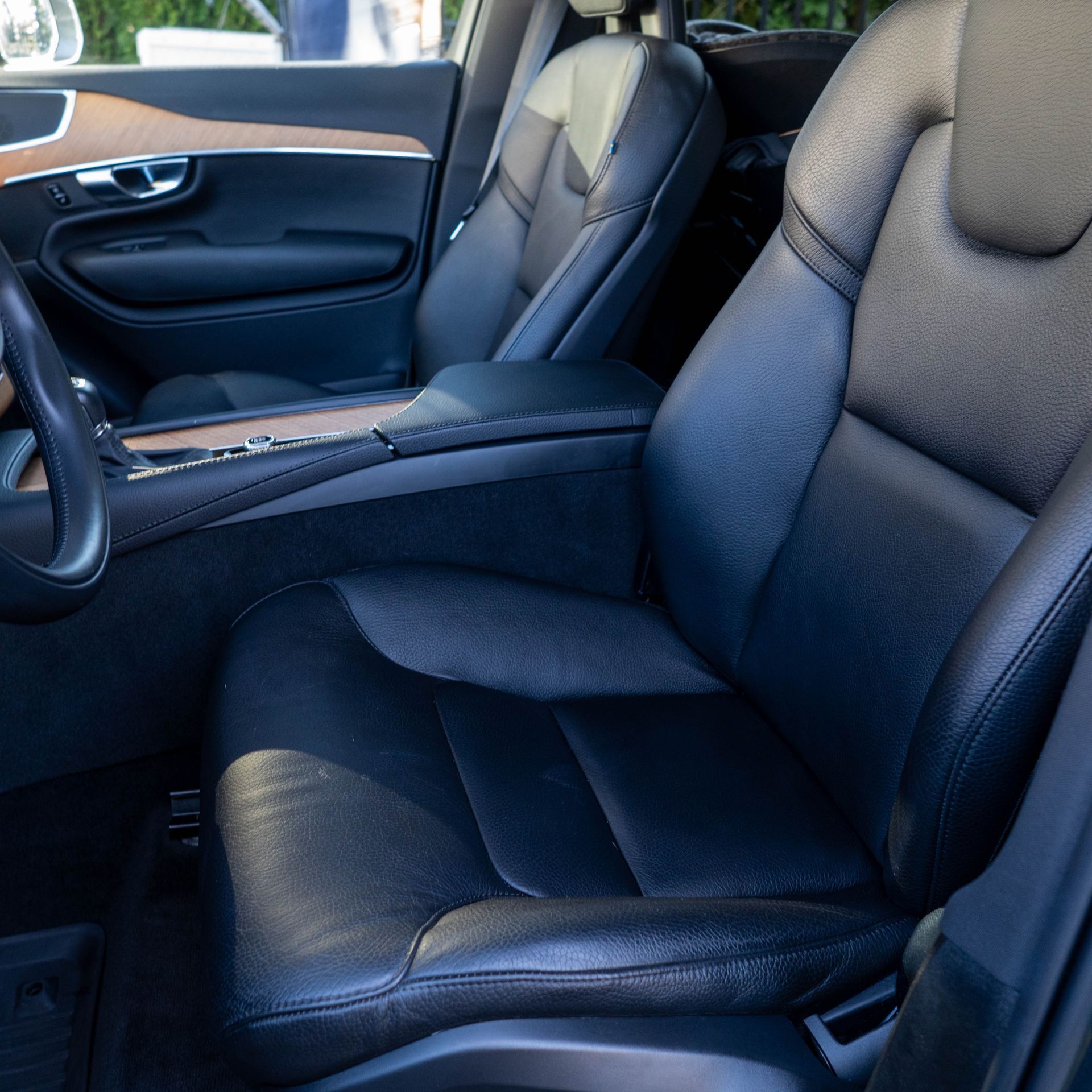Professional Mold & Mildew Remediation for Your Vehicle
Don't risk your family's health. Westchester County's only auto mold remediation specialists eliminate dangerous mold colonies, not just clean surfaces.
Why Vehicle Mold is a Serious Health Risk
Mold in your car isn't just an odor problem, it's a health hazard that gets worse every day.
⚠️ Immediate Health Risks
- • Respiratory irritation and asthma triggers
- • Allergic reactions and skin irritation
- • Headaches and fatigue
- • Eye and throat irritation
- • Weakened immune system response
⏰ Why Time Matters
- • Mold colonies double every 24-48 hours
- • Spores spread to HVAC system
- • Permanent damage to interior materials
- • Decreased vehicle value
- • Higher remediation costs over time
Why Trust Westchester Auto Detail for Your Car's Mildew or Mold Problem?
🎯 Effective Mold Remediation
Utilizing advanced tools and technology to effectively remediate mold and restore your car's interior to its cleanest possible condition.
🛡️ EPA Approved & Safe
We use environmentally friendly products that are safe for car interiors and passengers, ensuring a healthy environment throughout the remediation process.
💨 Odor Elimination
Our process doesn't just address mold; it neutralizes and eliminates lingering musty odors associated with mold and mildew.
Our Effective Mold Remediation Process
Not all mold removal is the same. Our EPA approved process ensures complete elimination.
Thorough Inspection
First, we assess the overall severity of the infestation and create an individual plan of action for the vehicle. Things we look for are areas of moisture, sources of odor and mold colonies.
Mold Remediation
Using industrial grade mold treatments, we remove mold from surfaces inside the vehicle. Interior surfaces like carpet, doors, plastics and trim are treated to kill mold. In this step, we also remove excess water to control mold growth.
Cleaning and Disinfection
Surfaces are steam cleaned, thoroughly cleaned with antifungal mold treatments, as well as antibacterial solutions in order to restore the vehicle to a clean state. We only use car and family safe chemicals.
Air Sanitization and Purification
An ozone treatment is performed inside of the vehicle as a final mold treatment, purifying air in hard to reach cracks and crevices, reaching into vents to kill mold spores in the air, cabin and HVAC system.
Surface Conditioning
Surfaces inside of the vehicle are conditioned, then treated with an antimicrobial coating in order to prevent the growth of microbes on vehicle surfaces.
Our process includes multiple rounds of treatment methods to ensure that mold levels are returned to baseline, preventing future infestation reoccurrence.
Transparent Pricing for Mold Remediation
No hidden fees. No surprises. Professional mold remediation pricing by quote only:
In some severe or persistent cases, additional treatments may be required. In some cases of extensive mold growth or prolonged moisture exposure, our mold remediation process may require the replacement of certain vehicle components to fully eliminate the mold and prevent future recurrence.
See why our customers love us
Real reviews from real customers who trusted us with their vehicles.
Get Your Free Mold Assessment Today
Don't wait—every day matters when dealing with mold. Get your free assessment within 24-48 hours.
Common indicators that there may be mold inside of your vehicle
Visual Signs
Discoloration
Look for unusual stains or discoloration on the upholstery, carpets, ceiling lining, and other interior surfaces.
Visible Mold Growth
Keep an eye out for any fuzzy, slimy, or powdery growths, especially in corners, seams, and under the seats.
Olfactory Signs
Musty Odor
A persistent musty or earthy smell is a common telltale sign of mold presence.
Dampness
If your car smells damp or stagnant, mold spores may be thriving in the moist environment.
Tactile Signs
Wet Surfaces
Feel around for wetness or dampness in the carpets, upholstery, and other fabric surfaces which can promote mold growth.
Soft Spots
Check for areas in the upholstery or carpet that have become soft, which may indicate mold has begun to break down the materials.
Respiratory Symptoms
Allergic Reactions
If you or your passengers start experiencing sneezing, coughing, or itchy eyes while in the car, these could be allergic reactions to mold spores.
Breathing Difficulties
Notice any respiratory difficulties, such as wheezing or shortness of breath, particularly in individuals with asthma or respiratory conditions.
Underlying Issues
Leaks
Inspect for signs of water leaks in the vehicle, including around the sunroof, windows, and door seals.
Condensation
Look for excessive condensation on the inside of windows, which can foster a moist environment for mold.
Water Accumulation
Check for standing water or damp areas in the trunk, footwells, or under floor mats.
Other Considerations
History of Water Damage
If your vehicle has had previous water damage or flooding, it's highly susceptible to mold growth.
Lack of Ventilation
Cars that are often closed up without proper ventilation can create an environment where mold easily prospers.
Lack of Use
Vehicles that see less frequent use, particularly in humid climates or are stored for long periods, are more prone to mold.
Mold Can Be Hazardous to Your Health
Please be advised that the presence of mold in your vehicle is potentially hazardous to your health. Mold exposure can lead to serious health complications, especially for individuals with pre-existing conditions such as asthma, allergies, or immune disorders. If you suspect that your vehicle may be contaminated with mold, we strongly recommend that you seek professional remediation services immediately. Do not attempt to remove mold on your own without first understanding what PPE and materials are required to eliminate the mold safely and effectively.
The indicators provided in this checklist are for preliminary identification purposes only. A professional assessment is crucial for accurate detection and safe removal of mold.





